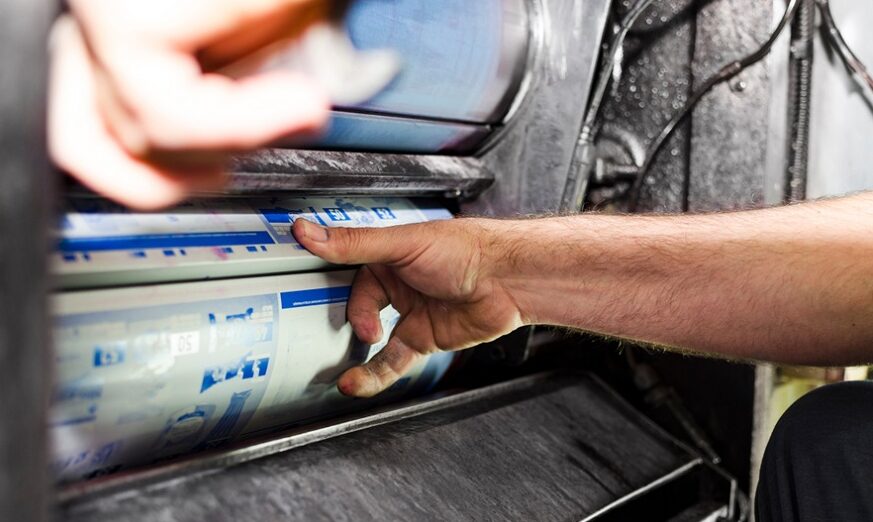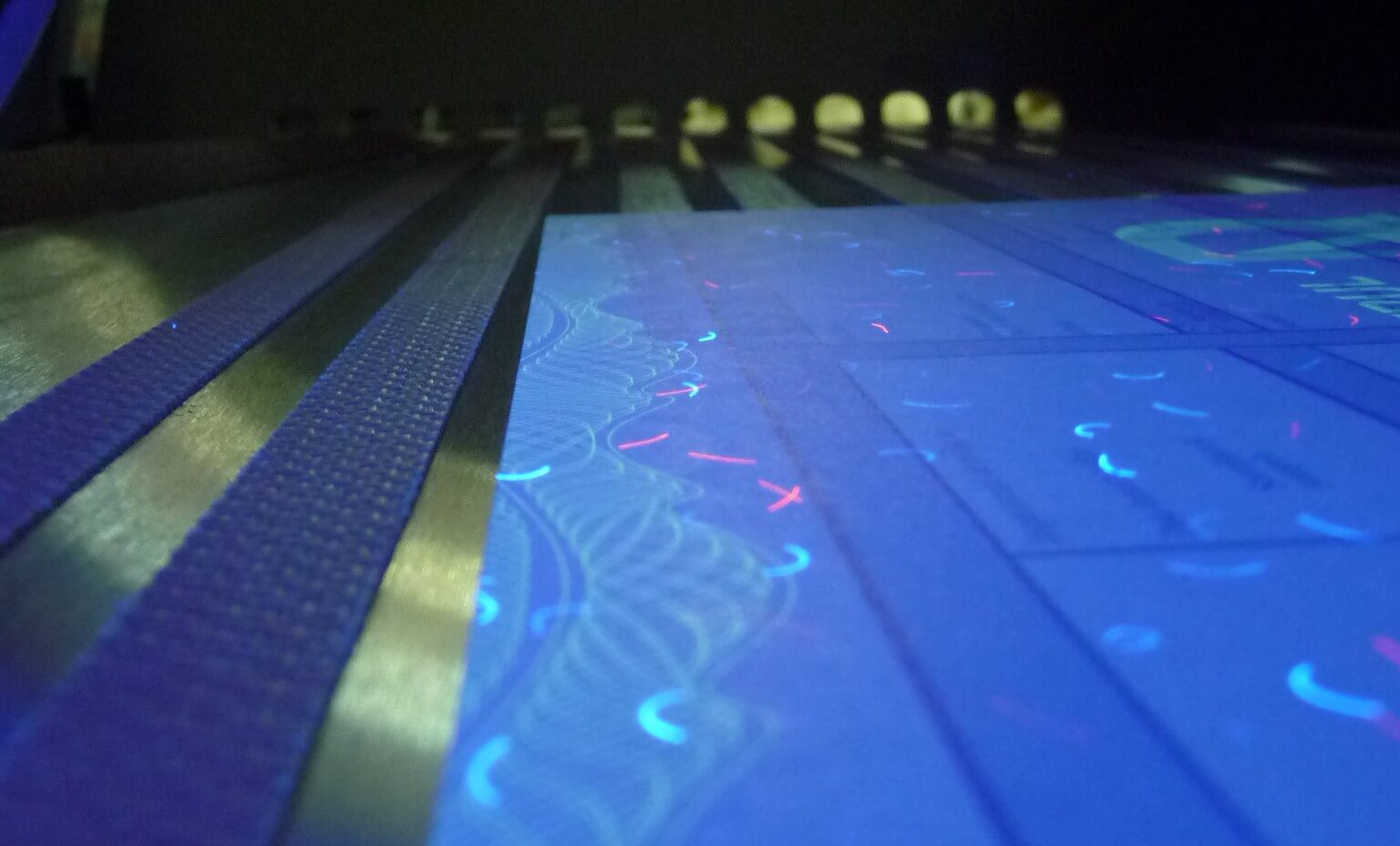In the world of museum marketing, offset printing plays a crucial role, especially when it comes to crafting compelling museum brochures. These brochures are not just informative materials; they are vital tools that convey the essence of the museum’s offerings, enticing visitors to explore further. Understanding the significance of offset printing is essential for any museum looking to make a lasting impression.

Why Choose Offset Printing?
Offset printing is renowned for its high-quality output, making it an ideal choice for museum brochures. This technique ensures that colors are vibrant and images are sharp, capturing the intricate details of artworks and exhibits. Unlike digital printing, offset printing provides a level of precision and consistency that is unmatched, which is why many museums opt for this method.
The Process of Offset Printing
The process begins with the creation of metal plates for each color used in the design. These plates transfer ink onto a rubber blanket, which then rolls the ink onto the paper. This indirect method is what gives offset printing its name. The result is a high-quality print that showcases the museum’s offerings in the best light possible.
Advantages of Offset Printing
One of the main advantages of offset printing is its cost-effectiveness for large print runs. Once the plates are created, printing additional copies is relatively inexpensive, making it a great option for museums needing a substantial quantity of brochures. Additionally, this method supports a wide range of paper types and finishes, allowing for creative flexibility.
Comparing Offset and Digital Printing
While digital printing has its perks, such as faster turnaround times, it cannot match the quality and cost-efficiency of offset printing for large volumes. Museums aiming for high-quality brochures often find offset printing to be the superior choice.
Designing Museum Brochures for Offset Printing
When designing brochures for offset printing, it’s important to consider the unique characteristics of this method. High-resolution images and precise color calibrations are essential to ensure that the final product meets the museum’s standards. Working with a professional designer familiar with offset printing can make a significant difference in the outcome.
Choosing the Right Paper
The choice of paper can greatly impact the look and feel of a museum brochure. Offset printing allows for a variety of paper options, from glossy to matte finishes. Museums should choose a paper type that aligns with their brand and enhances the visual appeal of their brochures.
Color and Ink Considerations
Color accuracy is crucial in offset printing. Museums should work closely with their printer to ensure that the colors in their brochures match the intended design. This may involve creating color proofs and conducting test prints to achieve the desired result.
Offset Printing for Special Exhibitions
Special exhibitions often require unique promotional materials. Offset printing enables museums to create eye-catching brochures that highlight the unique aspects of these exhibitions, attracting a broader audience.
Creating Impactful Brochures
To create impactful brochures, museums should focus on storytelling. The brochure should not only showcase the exhibits but also convey the story behind them. This approach engages visitors and invites them to delve deeper into the museum’s offerings.
Printing for Extended Reach
With offset printing, museums can produce brochures in large quantities, allowing for widespread distribution. This extended reach helps museums attract visitors from various demographics, increasing foot traffic and enhancing visitor engagement.
Environmental Considerations
Museums today are increasingly mindful of their environmental impact. Offset printing offers eco-friendly options, such as soy-based inks and recycled paper, making it possible for museums to maintain sustainability while producing high-quality brochures.
Sustainable Printing Practices
Using environmentally friendly materials in offset printing not only reduces the museum’s carbon footprint but also aligns with the values of many visitors who prioritize sustainability.
Choosing the Right Printing Partner
Selecting a reliable printing partner is crucial for any museum. A trusted partner with experience in offset printing will ensure that the final product meets the museum’s expectations and delivers exceptional quality.
Evaluating Printing Services
Museums should evaluate potential printing partners by reviewing their portfolio and seeking references. A strong track record in offset printing for similar projects is a good indicator of a reliable partner.
Offset Printing for Museum Brochures: A Timeless Choice
In conclusion, offset printing remains a timeless choice for museum brochures. Its ability to produce high-quality, visually appealing materials makes it an invaluable tool for museums aiming to attract and engage visitors. By understanding and leveraging the benefits of offset printing, museums can ensure that their brochures not only inform but also inspire.

FAQ
What is offset printing?
Offset printing is a printing technique where the image is transferred from a plate to a rubber blanket, then to the printing surface. It is renowned for its high quality and cost-effectiveness for large print runs. Learn more.
Why is offset printing preferred for museum brochures?
Offset printing is preferred for museum brochures because it offers exceptional color accuracy and detail, making it ideal for showcasing artworks and exhibits.
How environmentally friendly is offset printing?
Offset printing can be environmentally friendly when using eco-friendly materials like soy-based inks and recycled paper. Many printing services offer sustainable options for conscientious clients.
For further reading, you might want to explore offset printing for theater programs or learn about offset printing for product catalogs.
This article contains affiliate links. We may earn a commission at no extra cost to you.







